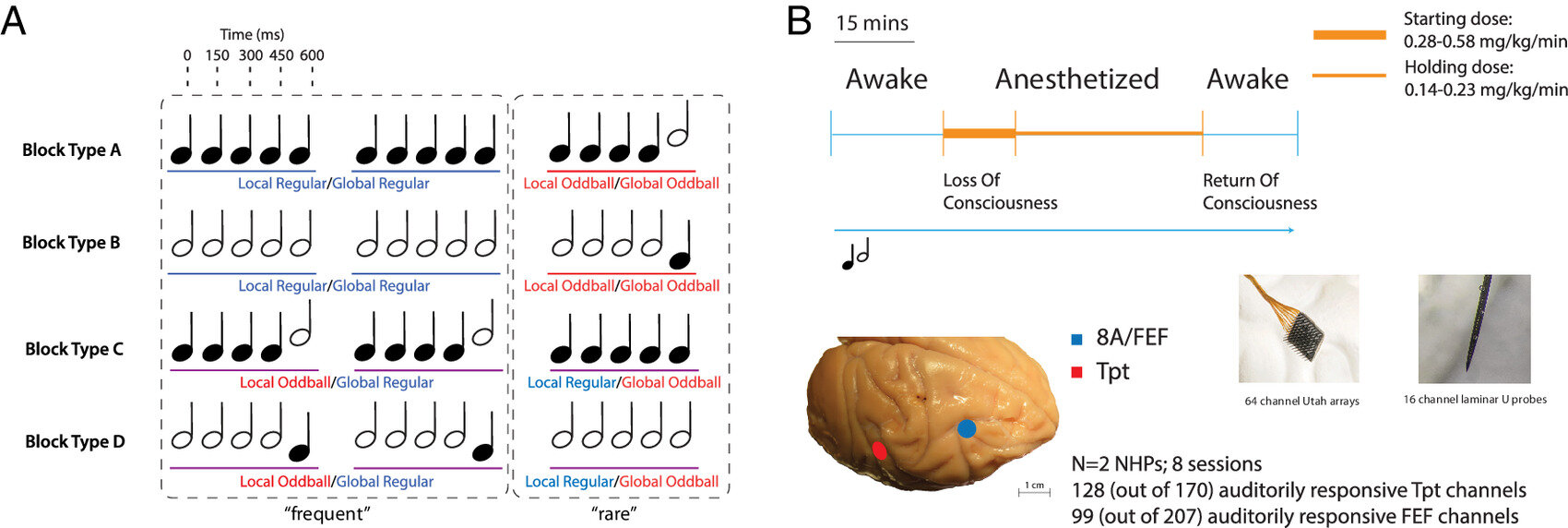People in clinically at-risk groups are being urged to get their free Covid-19 and flu vaccinations this winter.
NHS Cambridgeshire and Peterborough said only 27% of those eligible for the Covid vaccine, and 35% of those eligible for a flu vaccine in the two areas – plus Royston, in Hertfordshire – had come forward.
More than 68,000 people had yet to have their Covid vaccination and more than 74,000 people had not taken up the offer of protection against flu.
Cali Makewell, vaccination lead for the local service said: “It’s very important to get these vaccines as you are at an increased risk of getting seriously ill without their protection.”
She added: “Some people might not be aware they are eligible for these two free vaccines, or had them previously and think they might not need them again.
“We have walk-in opportunities all across the county, with lots of local pharmacies taking part, helping to make opportunities to have the vaccines more accessible to people. You can also still book a vaccine appointment if preferred.”
Appointments and details of walk-in clinics are on the NHS Vaccinators website.
People in the clinical at-risk groups include anyone with conditions that affect breathing, some heart conditions, kidney or liver disease, diabetes and some conditions that affect the brain or nerves, such as Parkinson’s disease, motor neurone disease, multiple sclerosis or cerebral palsy.




